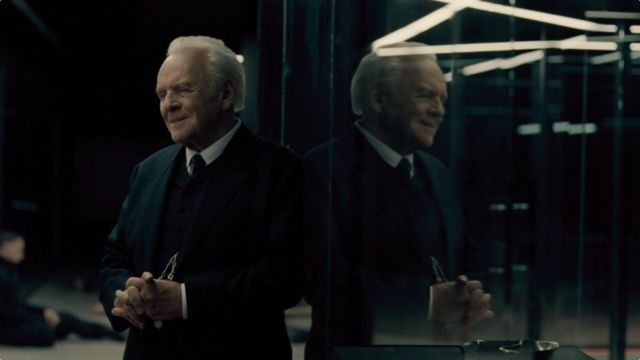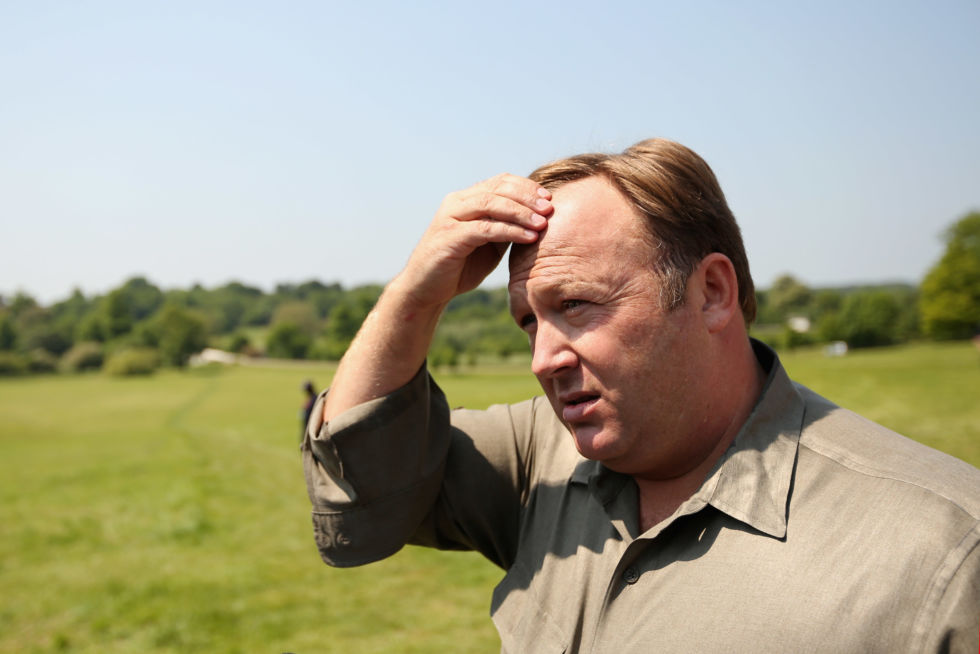MISS UNIVERSO ITALIA 2018 SI RACCONTA: FATTE GRANDI ESPERIENZE MA HO VISTO CASI DI SFRUTTAMENTO

Erica De Matteis intervistata per Kim: «la bellezza non ha più tanto valore nei concorsi internazionali come Miss Universe, anche se in Italia il pubblico giudica solo l’estetica». Sul fenomeno #metoo: «dipende da come una si rapporta, ma qualcosa c’è anche in questi ambiti. Instagram è un lavoro serio ma tanti commenti ti fanno male e ti etichettano come stupida».
Roma – Miss Universo Italia 2018, di Ostia antica, ha raccontato la bellezza e le contraddizioni, le sue esperienze e i suoi progetti, a circa un mese dalla partecipazione alla finale di Miss Universe a Bangkok in Thailandia. Una chiacchierata intensa per i temi affrontati: dal talento al rispetto di se stessi, dai social all’invidia personale, dalle opportunità ai rischi e pericoli del mondo dello spettacolo. Per dire a tutti gli amanti di questi percorsi, alle aspiranti miss o ai semplici osservatori, di andare oltre gli artifici dell’estetica, di puntare sulle capacità e il talento, di avere coraggio e non svendersi mai.
Erica De Matteis, a 24 anni, sta portando avanti queste idee, raggiunto un suo equilibrio, supportata anche dalla sua famiglia e dal fidanzato Alessandro. Canta accompagnandosi con la chitarra, come faceva a 13 anni quando, come una moderna youtuber, registrò nella sua cameretta un video e lo mandò per partecipare a My Camp Rock 2 su Disney Channell; fu una dei quattro finalisti tra 3000 ragazzi. Si allena tra le corse sul lungomare di Ostia, una maratona e una partita a beachvolley in notturna. Studia all’ultimo anno di Scienze dell’educazione a Roma Tre, nonostante i rallentamenti per le felici esperienze lavorative. Gestisce il suo blog di fashion, travel e lifestyle, è imprenditrice per il suo marchio di abbigliamento, e collabora con brand e agenzie nel mondo della moda e delle sfilate. Ha una pagina Instagram con più di 42mila follower che nell’ultimo anno, amministrata personalmente, è divenuta un lavoro di guadagno reale e uno strumento di storytelling quotidiano.
Ha rappresentato l’Italia (dopo anni di assenza) alla 66esima edizione di Miss Universo, in programma dal 28 novembre al 17 dicembre scorso a Bangkok, nel quale si sono affrontate 94 concorrenti provenienti da tutto il mondo. La rassegna è stata vinta da Miss Filippine Catriona Gray.
L’intervista
Tutta Italia faceva il tifo per te nella finale di Miss Universe a Bangkok, cosa ti è mancato per vincere?
Il problema è che difficilissimo vincere per l’Italia, perché c’è una differenza molto grande di organizzazione, di attenzione che l’Italia mette in questi eventi. Se guardate le vincitrici, sempre gli stessi paesi vincono perché hanno una cultura che investe tanti soldi e che prepara da bambine le ragazze. Gli altri paesi sono di una preparazione mostruosa: Venezuela, le sudamericane, anche esteticamente, sono molto più artificiali, si svegliano alle 3 di mattina per il make up; anche a livello di chirurgia estetica, riguardo alcune, non c’è molta naturalezza.
Questo viene premiato. Premiano anche la nazione, perché tu rappresenti la tua organizzazione nazionale, sei lo specchio del tuo paese. Ad esempio noi avevamo degli stilisti per abiti, che non coprivano tutte le occasioni. Le altre avevano fin troppi vestiti, per coprire tutte le giornate. E i giudici guardano tutto questo, per quanto puoi impegnarti.
Prima deve cambiare l’organizzazione in Italia, poi forse uno può pensare ad andare più in alto.
Nella preparazione abbiamo fatto delle gaffe, studiando le organizzazioni degli altri paesi. Ad esempio io avevo l’abito nazionale che rappresentava il Colosseo, questo abito il giorno prima della mia partenza non era stato ancora ricevuto da me, e questa è una forma di giudizio su cui danno il punteggio. Quell’abito era il simbolo del nostro paese e abbiamo perso punti.
Nel mondo delle sfilate e dei concorsi arrivi da lontano: nel 2014 sei diventata Ragazza cinema nel RAGAZZA CINEMA OK – Concorso Nazionale per Aspiranti Attrici; nel 2015 hai ottenuto il secondo posto a Miss Mondo Italia. Come sono nate queste avventure?
Quello del 2014 è stato il mio primo concorso in assoluto. Partecipai perché avevo cliccato su un bando pubblicizzato sul web, c’era la prova del talento e mi interessava perché facevo musica e cantavo, e magari qualcuno poteva notarmi. Arrivata là ero scoraggiata e con mia mamma ricordo che il giorno prima della finale pensavamo a chi potesse vincere…e poi quando hanno dato le varie fasce (che portavano progetti lavorativi) mi hanno chiamato. È stata una sorpresa emozionante.
Invece del secondo posto a miss mondo Italia ci rimasi molto male, è l’unico concorso che mi ha dato fastidio. Perché cercavano persone che avessero un talent, c’erano tante prove e quando eravamo rimaste in due io ero nei primi posti delle categorie dei talenti e pensavo matematicamente di essere la vincitrice. Mi sentì presa in giro, ma ci sono tante cose che non potremmo mai capire in questi ambiti.
Lo scorso novembre ti sei rifatta con la vittoria di miss Universo Italia 2018. E subito dopo avevi dichiarato: «Sono molto orgogliosa ed emozionata di poter rappresentare l’Italia in una manifestazione grandissima come Miss Universe. Il mio obiettivo sarà quello di dimostrare che la bellezza non è solo bellezza estetica, ma anche intelligenza, carisma e personalità». Ci sei riuscita, e come?
È stata una grande soddisfazione, all’inizio ero molto sfiduciata ma poi ho partecipato e vinto. Riguardo le mie parole dopo la vittoria, penso di esserci riuscita anche se è un obiettivo in corso da raggiungere quello di dimostrare, abbiamo l’etichetta di stupide che lavorano sui social. Ma si possono avere tante sfaccettature, capacità e competenze. È difficile far ricredere le persone, quando parlo ai colloqui di statistiche di engagement si stupiscono. Sono le etichette, per me è una soddisfazione stupirli. Ma c’è ancora tanto da fare.
Si è chiuso il 2018, forse uno dei più importanti per te. Cosa vuoi lasciare indietro e cosa vuoi portare di questo anno nel 2019? E quali saranno le prossime novità più importanti?
Secondo me il 2019 sarà meglio, perché solo la fine del 2018 è stato intenso. È stato l’anno del cambiamento per me perché ho capito cosa voglio fare e mi sono staccata da tutte le cose inutili. Ci sono stati molti alti e bassi con i miei progetti che ti mettono davanti a tante persone che ti giudicano, dalla famiglia ai follower. Tante persone che ti dicono che non ce la farai, che non ci riuscirai, ma io sono testarda e vado avanti. E molte di quelle persone ora sono ritornate per chiedermi come sono riuscita e ho fatto. Ho fatto quello che molti non hanno il coraggio di fare, e io a 24 anni voglio fare le scelte importanti anche sbagliando. Sono una persona che poi rimpiange e non voglio farlo.
Molti mi dicono “e che lavori su Instagram?”. Ma io ho una agenda piena, tutti gli shooting, i post programmati, le richieste diverse delle aziende. Ti etichettano male ma poi quando vedono dei successi tornano a chiederti aiuti e consigli. Io provo sempre ad aiutarli, poi sta alle persone farcela.
Le novità: il 25 tornerò alle sfilate di Alta Roma, quest’anno sarà diverso perché mi hanno voluto particolarmente, il 27 concluderò la serata finale in passerella. Sarò a bologna intorno al 19-20 per uno shooting di un’importante brand.
Mentre dal 20 al 25 andrò a Milano per la Fashion Week, la mia prima da influencer e ospite dopo esserci stata per lavoro. Sarà bellissimo, sono molto emozionata e vado con Alessandro che mi accompagna.
Qualche anno fa a Miss Italia ci fu il caso della Miss che rispose in modo molto infelice ad una domanda sulla storia, ma mi chiedo: se è un concorso di bellezza è lecito giudicare altro oltre la bellezza? C’è una contraddizione, un’ambiguità, cosa davvero si giudica?
La bellezza non ha più tanto valore nei concorsi, ma rimane molto ambiguo un concorso. Abbiamo visto che la bellezza da sola è inutile, e poche Miss restano per il loro talento e valore (come Miriam leone tra le ultime). Il problema è nel format in Italia, perché nel resto del mondo il format dei concorsi non è così, c’è la serata finale che è uno show ma danno valore alla ragazze che vince, danno spazio alle cose, ai progetti e alle capacità delle ragazze, in Italia l’approccio è diverso.
Anche sulla bellezza curvy, vista come cosa motivazionale, avrei qualcosa da dire anche se sono bellissime le ragazze curvy. Oppure sulle ultime partecipazioni di ragazze che hanno avuto dei problemi (la Miss con la protesi alla gamba) per modificare il concorso. Ma il problema è che il modo in cui viene improntato il programma e la serata è volto alla bellezza, quando però noi Miss là facciamo tutte altre cose, interviste, interrogazioni, eventi, meeting. E quando una vince il pubblico come metro di giudizio ha solo l’estetica.
Negli ultimi due anni tutto il settore dello spettacolo è stato devastato dal fenomeno #MeToo. Ci sono dei casi di sfruttamento, lavorativo o sessuale, anche nel mondo dei concorsi e delle sfilate?
Molte cose, per come sono fatta io, cioè concentrata sul suo lavoro, non le noto, ma sono convinta che qualcosa ci sia. Mi è capitato di vedere casi di sfruttamento lavorativo ad esempio di modelle molto giovani e richieste ma pagate miseramente. Riguardo i casi sessuali ho conosciuto una ragazza che stava sempre con un uomo che aveva una situazione poco chiara.
Ci sono delle cose strane ma dipende sempre da come tu ti rapporti, da come ti poni e ti presenti. Nessuno mi ha proposto o chiesta nulla, non mi sono mai piegata per farmi pagare. Però sì qualcosa c’è.
Hai molte passioni e tanti impegni. Il tuo profilo Instagram aveva 32mila follower prima di Miss Universe e ora ne ha più di 42mila. Ti gestisci da sola? Chi gestisce la tua agenda lavorativa e chi i tuoi social?
Per la parte di Miss Universe il lavoro lo gestisce Marco Ciriaci (il nostro direttore nazionale), il resto lo facciamo tutto io e Alessandro. Ho avuto dei contratti con agenzie ma me ne sono sempre andata, per cose che non mi piacciono molto, tenendoti troppo stratta e limitata. Sono brava a farmi e coltivare i miei contatti da sola, anche a trattare che è pure divertente. Io spingo per questa autonomia perché solo noi sappiamo cosa ci piace, cosa vogliamo e cosa non vogliamo e io lo consiglio molto a chi me lo chiede, dando una marea di consigli.
Per i social gestisco tutto personalmente, perché voglio scegliere io e non sono una che accetta tutto. È una delle mie principali fonti di guadagno, è un anno che va molto bene. Fai le cose migliori da solo, perché non sai mai quanto puoi fidarti degli altri.
Ma devi avere un’attitudine per farlo. Ad esempio una questione, i colori: gestisco i colori della mia gallery, se devi modificare una foto bellissima che ha colori che non ti piacciono devi modificarli uno per uno. È un lavoro serio e impegnativo quello su IG, la domenica ad esempio è il mio giorno della pianificazione, dalla mattina alla sera organizzo tutte le attività, rispondo alle collaborazioni…non è un gioco.
In un mondo così frenetico, impegnativo cannibale come quello dello spettacolo, come rimanere se stessi? Qual è il segreto? Che consiglio daresti?
Quando decidi di intraprendere un percorso così cambiano molte le cose, anche le persone che ti sono intorno. All’inizio in tantissimi non mi sostenevano, mi additavano e parlavano dietro, non immagini quanti. Ho dovuto chiudere rapporti perché mi facevano male. Adesso sono circondata solo da persone che voglio e amo, per queste ci sono e sarò sempre anche se ultimamente ho poco tempo. Per gli altri non porto rancore. Ho trovato adesso il mio equilibrio e tutto mi ha fatto crescere, mi è servita ogni esperienza.
Non c’è un segreto ma solo la voglia di fare cose e credere in sé e nelle proprie passioni, nel proprio talento.
Emanuele Forlivesi
MISS UNIVERSO ITALIA 2018 SI RACCONTA: FATTE GRANDI ESPERIENZE MA HO VISTO CASI DI SFRUTTAMENTO


































